French Chinese Art Centre, Wuhan
11 August 2005
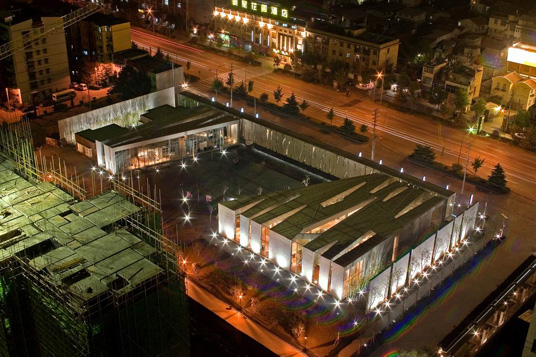

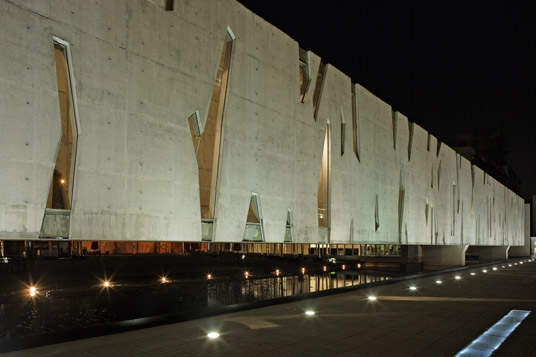
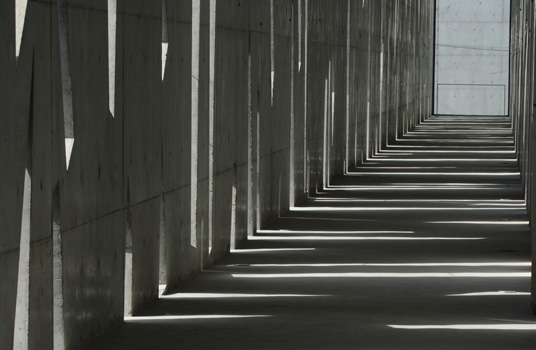
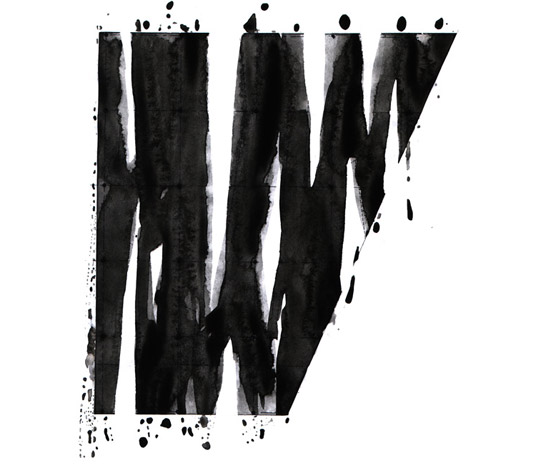
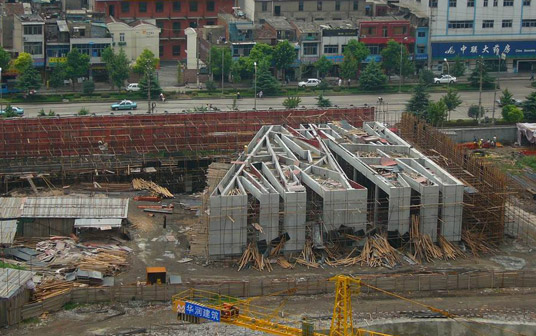
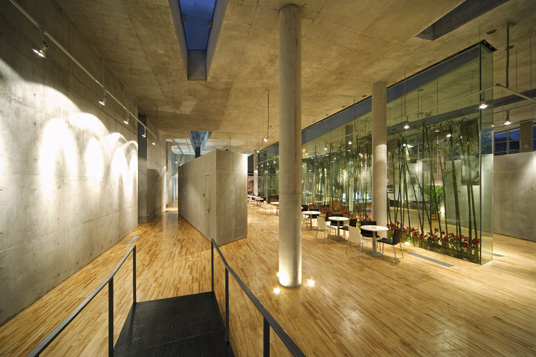
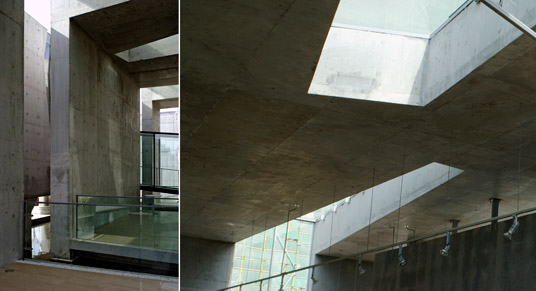

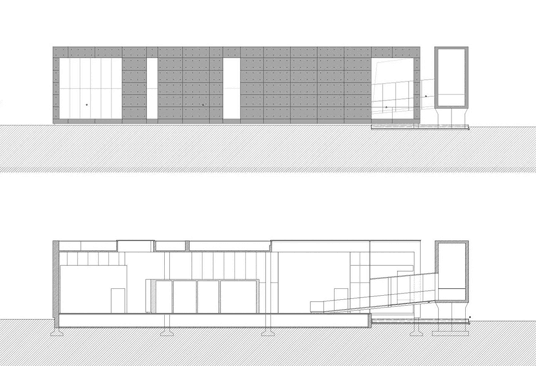
The site of the art centre is located across the street from the Wuchang Tanhualin historic area, about one mile away from the historic Huanghelou tower on the Yangtzi River. The expectation of the building was an important public space for the city and a monument for both the past and the ongoing transformation of the city. The fact that many famous Chinese intellectuals lived in the Tanhualin area across the street inspired us. We were interested in testing the possibilities of building something out of the ancient Chinese intellectual practice of ink and water. The art centre was conceived as an urban container, within which art objects, events, acts, concepts and activities flourish. In this case the container is made out of intuitive images of ink-and-water.
While the site conditions also take part in the formation of spaces: since the site is cut into a half by an unexpected urban infrastructure (a flood pipeline), the 30-meter-wide outdoor space became the central courtyard for spatial organization, around it seat the east and west exhibition hall and the floating bridge linking the two parts. In the 80-meter-long concrete bridge, the ink-water stroke texture coincides with the necessary structural elements for the 5.5-meter-high concrete hollow beam. This becomes an interesting moment when an image merges seamlessly with a structure.
艺术馆基址隔街紧邻武昌最重要的历史文化街区—昙花林,距离著名的黄鹤楼不到两公里。设计之初,人们期望艺术馆既能够为城市提供一个重要的公共活动场所,又能够成为正在进行的城市变迁和城市历史的纪念碑。
中国近代历史上许多文化名人(包括郭沫若等)都曾经在基地紧邻的昙花林居住过,这给以我们最初的一些冲动,我们好奇地想试验一下利用中国传统文人的水墨游戏进行建造的可能性。
空间布局同时也受到基地条件的影响:由于一条市政排洪沟从中央穿越了基地,从而产生了30宽的中心院落,围绕院落的空间组织形成了东部和西部分立的展厅以及飘在水面之上联系两个展厅的廊桥。80多米长的廊桥将水墨笔触的肌理与5.5米高、2.5米宽混凝土空心梁的内外孔洞符合起来,建筑在此归结为毫无修饰的结构之美。